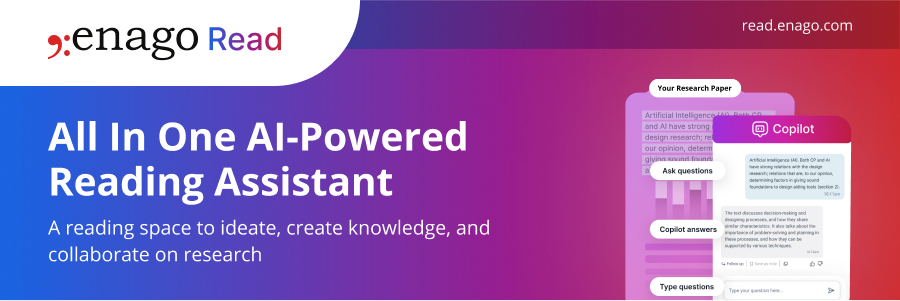What Is a Transferable Peer Review System?

Starting Over
Receiving a rejection notice or a request for endless revisions prior to re-submission (which you choose to decline) has the frustrating result of having to start the peer review process all over again. Given that you will have probably already waited as much as 3 months or more for the first round of reviews, and that your opinion of peer reviewers in general isn’t particularly high at that moment, the prospect of signing-up again is right up there with root canal surgery.
Not Reinventing the Wheel
Transferable peer review is a process that discards the work of qualified peers just to start all over again which has never made much sense, other than to underline the territorial prerogative of academic publishing houses in never sharing anything with the competition. As a result, researchers who already resented the time delay of peer review have had to face the excruciating prospect of doubling or even tripling that delay if they are rejected from their first choice.
In January 2014, Wiley launched a pilot process for transferable peer reviews for nine of their high impact neuroscience journals whereby, if a submitted paper is rejected, the authors are given the option to transfer to another Wiley neuroscience journal with the full transparency of the prior peer review. The editor of that alternate journal can still request additional peer review, but the pilot at least demonstrates a commitment to faster peer reviews.
Alternate Approaches
Other solutions to the same problem have started to appear:
- The Neuroscience Peer Review Consortium (NPRC) has adopted the same option to forward reviews on to alternate journals within the consortium, with the only difference being that the rejected author must re-submit first and then request the reviews to be forwarded-on.
- Palgrave Macmillan is taking a different approach by experimenting with the ‘open peer review’ process that is being promoted by advocates of Open Access online journals. They have chosen to place a selection of book proposals and sample chapters online and invite comment from anyone who feels that they are qualified to offer such comment. The normal anonymity is claimed to be reduced here because commenters must register, but that registration information could be fake.
There’s Still Room to Improve
While any movement on faster peer reviews is likely to be received as a positive, the territorial issue still prevails. Publishing houses are apparently open to examining their internal processes, but the prospect of a third-party shared solution seems to remain too far in the future. Why not set up a separate peer review center where research papers and manuscripts can be reviewed prior to submission to a subject-specific journal?
As the ‘first pass’ of review, the majority of errors should be caught and brought to the attention of the authors who can fix them prior to submission to their journal of choice for a final and presumably much shorter review by specialists.
Frustrated researchers would probably be willing to pay for such expedience, which would allow appropriately qualified reviewers to be paid for their expertise, rather than the current system that remains dependent on finding unpaid volunteers who wish to give back to the academic community.










